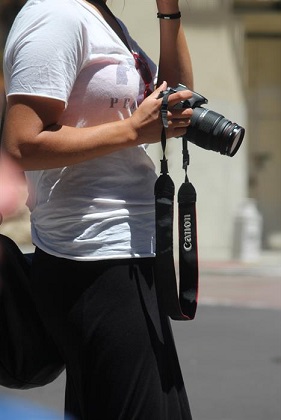 Distance Education Course in Digital Photography
Distance Education Course in Digital Photography
Develop your ability to produce photographs using digital technology (digital or conventional photography combined with computer software and hardware for processing the photographs). Digital photography is a relatively new and radically different technique to film photography which records images in the form of digital (ie. 2 digit or binary) codes. In simple terms digital codes are similar to Morse code. One number or digit is indicated by a pulse of electricity, a second digit is indicated by no electrical pulse. By combining these pulses and lack of pulses into codes, we can, for example, create representations for letters of the alphabet; allowing us to write language or text on a computer. When we combine these electrical "pulses" and "no pulses" (or 'ones' and 'zeros') in more complex combinations, we can create more complex representations. These can include the colour, and degree of darkness or brightness in a single spot on a picture.